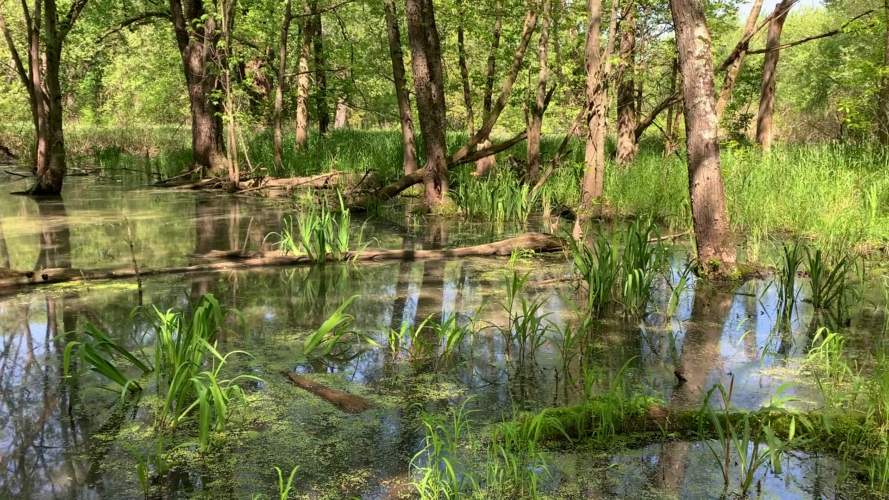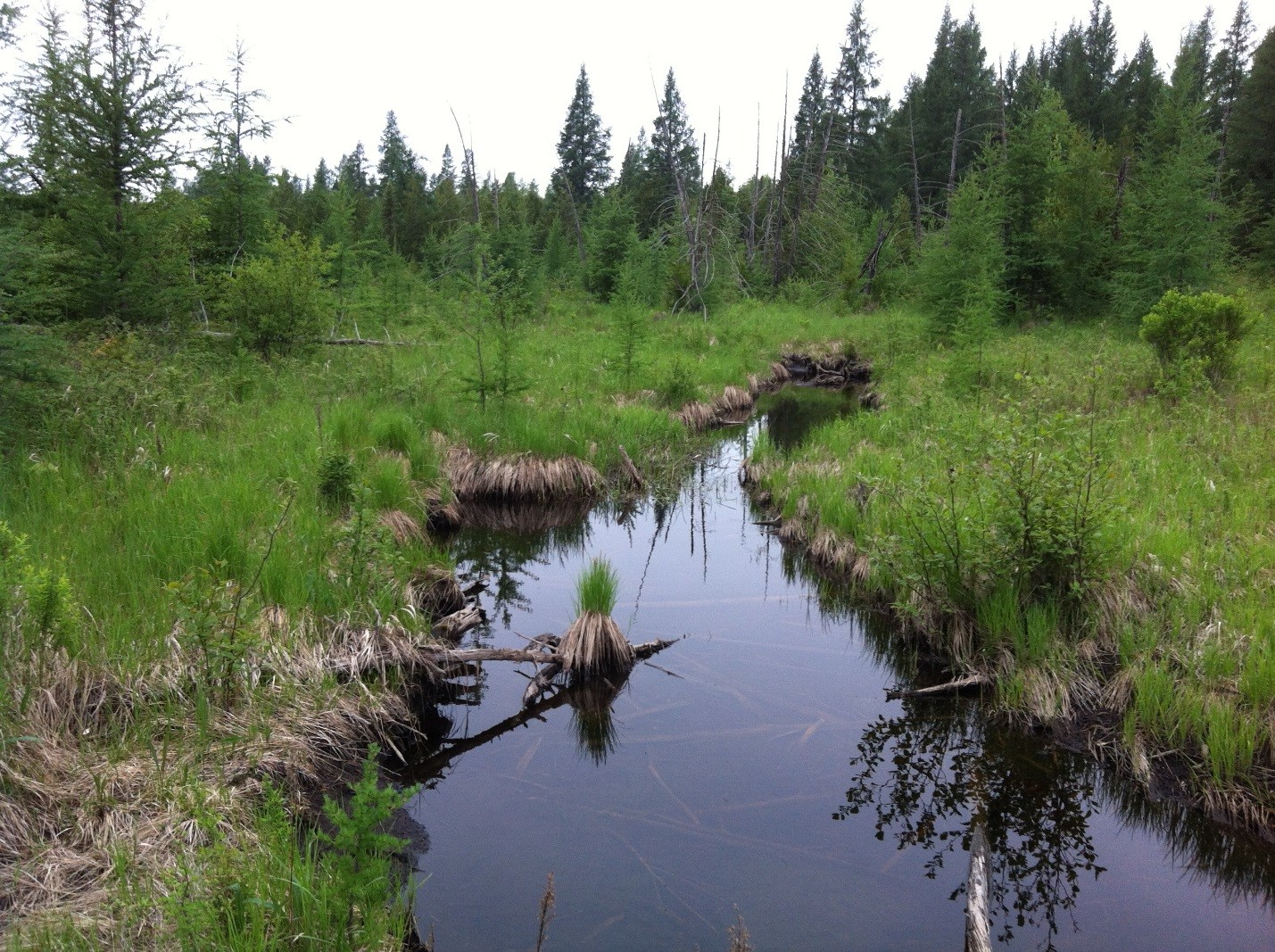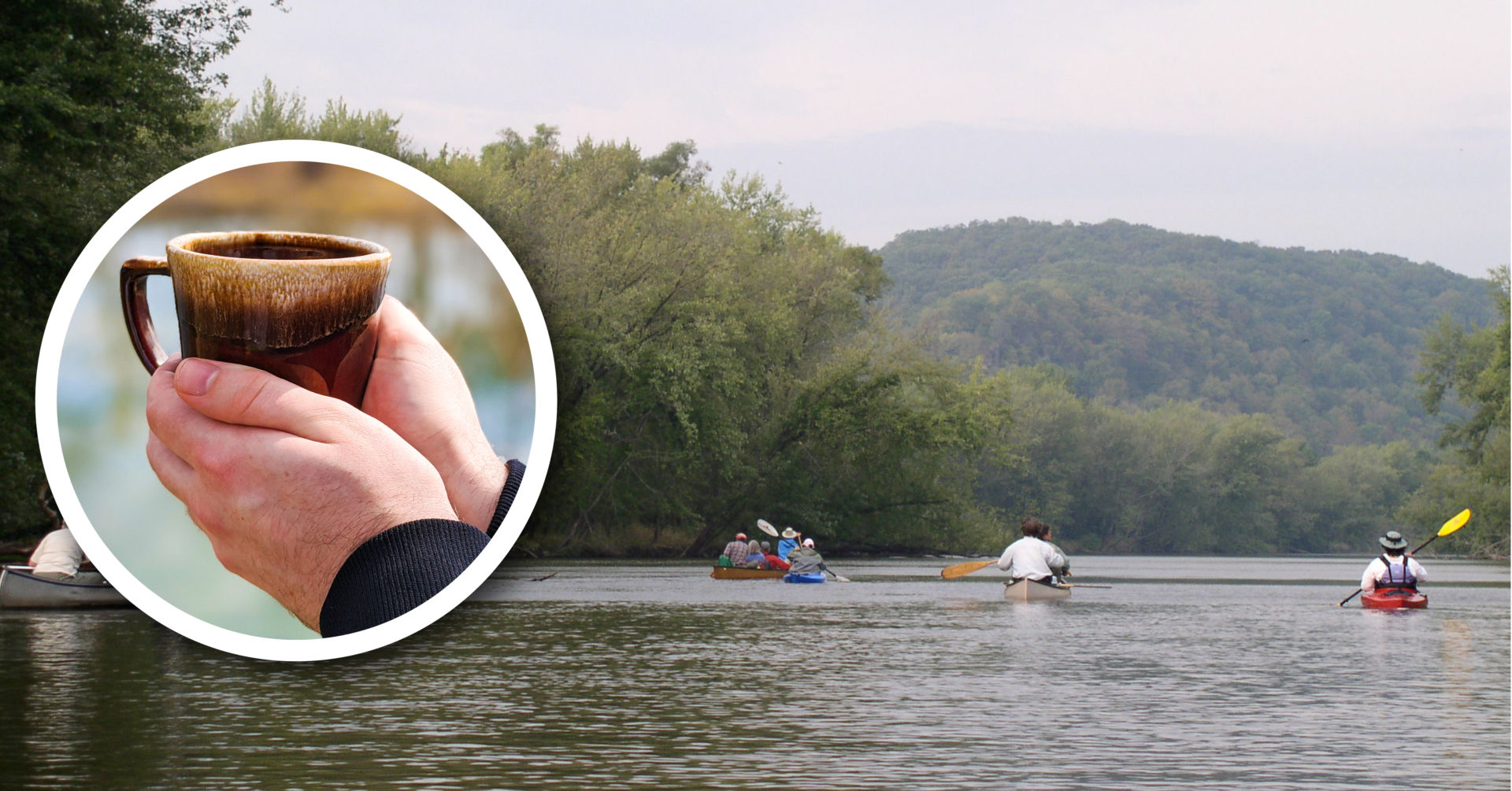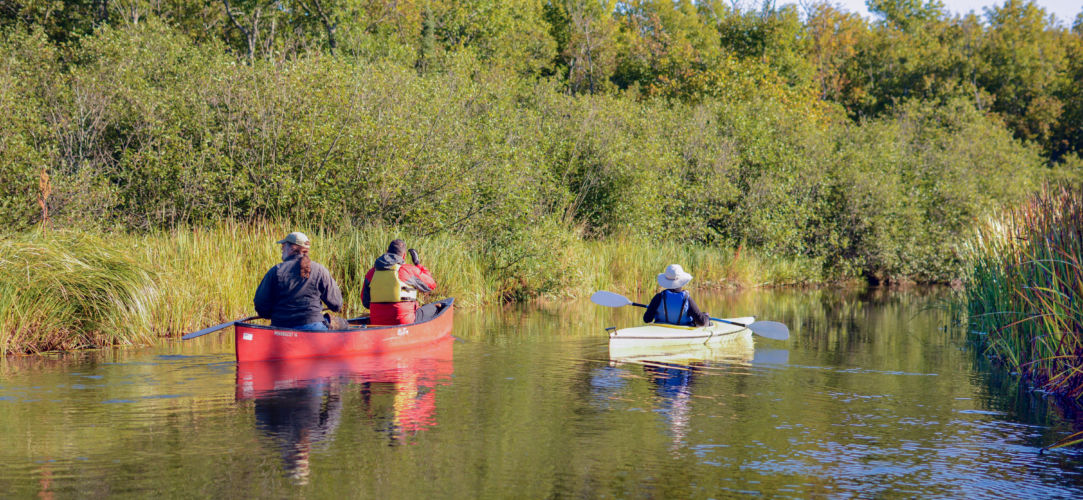I found an old glass bottle the other day while walking through one of my favorite wetland areas along the Lower Wisconsin Riverway, one of our state’s six Ramsar Wetlands of International Importance. I was amazed to find the bottle filled with sediment but otherwise in perfect condition—no chips or scratches whatsoever. After cleaning off the muck, I snapped a picture and placed the bottle back where I’d found it. Later, when I looked up the markings, I found that the bottle was made by the Boscobel Bottling Works 100 years ago.
Because I walk this area frequently, I know this bottle was washed onto this site by a flood earlier this spring. We read a lot about floods in the news these days. Our warming climate is increasing the strength and frequency of storms and the energy of the runoff associated with them. In Wisconsin, high-energy, climate-enhanced flood flows are increasing in frequency and size, causing millions of dollars of storm-related damage each year.
The 100-year journey this old bottle has taken is a story about floods. I imagine that someone way back when discarded this bottle near the river while camping, fishing, or hunting. It must have been buried in sediment by a flood 100 years ago, only to be washed out of its watery grave and placed at the spot where I found it by another flood this year.
How could an old bottle survive the energy associated with 100 years of Wisconsin River floods without a scratch or chip? The simple answer is that, unlike much of the state, the Lower Wisconsin Riverway still maintains healthy floodplains and the wetlands associated with them. And it’s the floodplains that make the difference between a shattered bottle and an intact bottle.
Here’s how floodplains work in a healthy landscape. Each year, snowmelt, spring rains, and occasional large summer storms produce runoff conditions that overwhelm the channel capacity of our rivers, streams, and creeks. Water spills out, spreading across flat, broad areas adjacent to the channel—floodplains. Floodplains are made up mostly of wetlands, but also contain sloughs, grasslands, and forests. When water spreads out onto a floodplain, it slows down, reducing its erosive energy. Dense vegetation further slows the flow of the flood waters, allowing it to drop its load of sediment and debris. That old bottle survived 100 years in pristine condition thanks to the amazing energy-reducing power of a floodplain gently placing it in the location where I found it.
Today, with climate change, we have more intense, localized storm events occurring atop landscapes that have already been substantially altered due in large part to wetland loss and floodplain disconnection. To make Wisconsin’s waters and landscapes more resilient to climate change, large-scale wetland protection and restoration is urgently needed right now. And the reconnection of floodplains and floodplain wetlands, though challenging, must be a major part of any climate plan.
Some might say I should have taken that bottle home as litter. I chose to leave it, having been trained that cultural artifacts should remain in place. And I’m hoping someone else might find this old bottle in another 100 years or so, still in perfect condition thanks to this gentle floodplain.
Related Content
Wetland Coffee Break: A social history of the Lower Wisconsin Riverway, a Wetland of International Importance
Learn about the Lower Wisconsin Riverway, the wetland at the center of the piece above.




